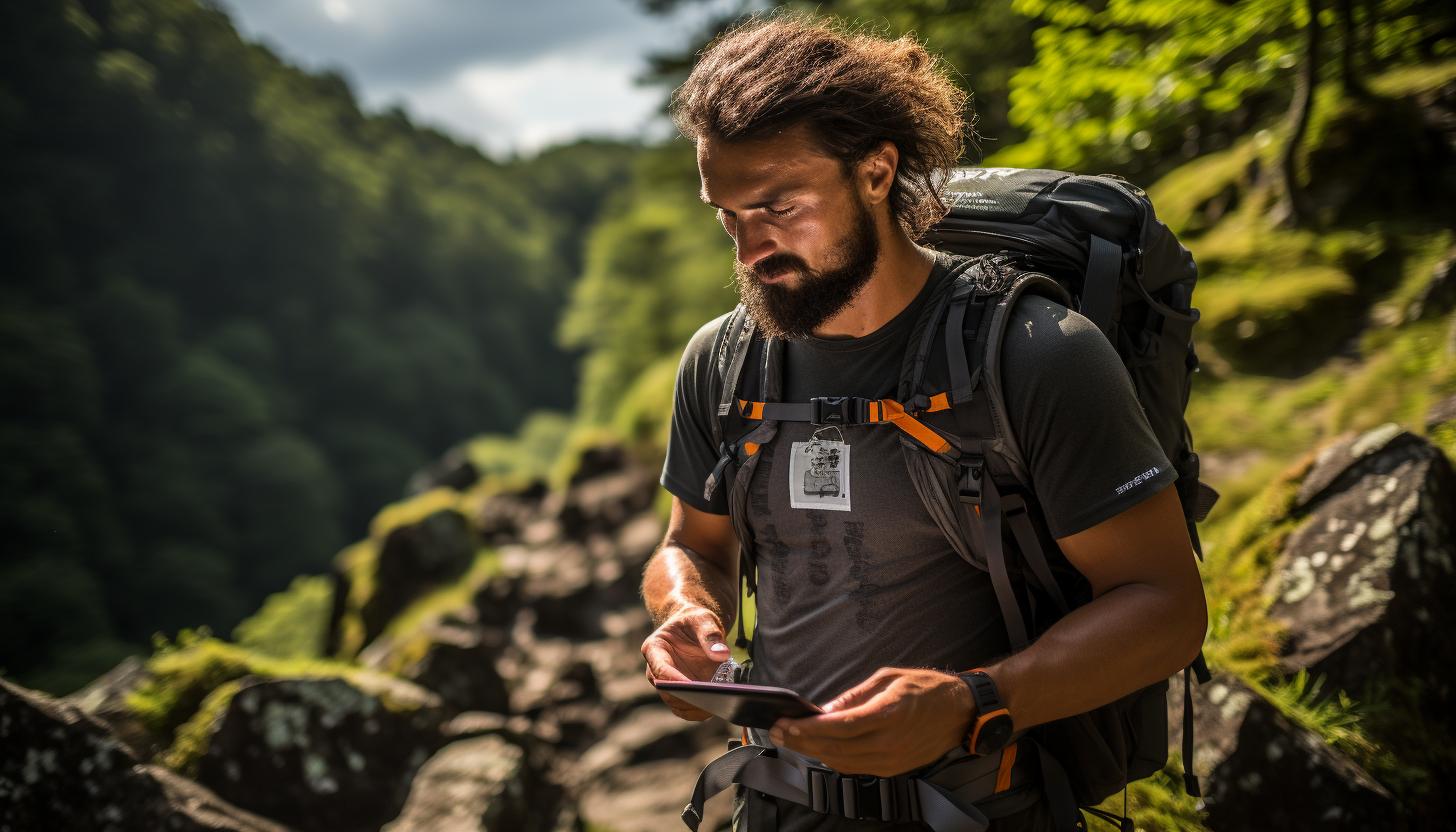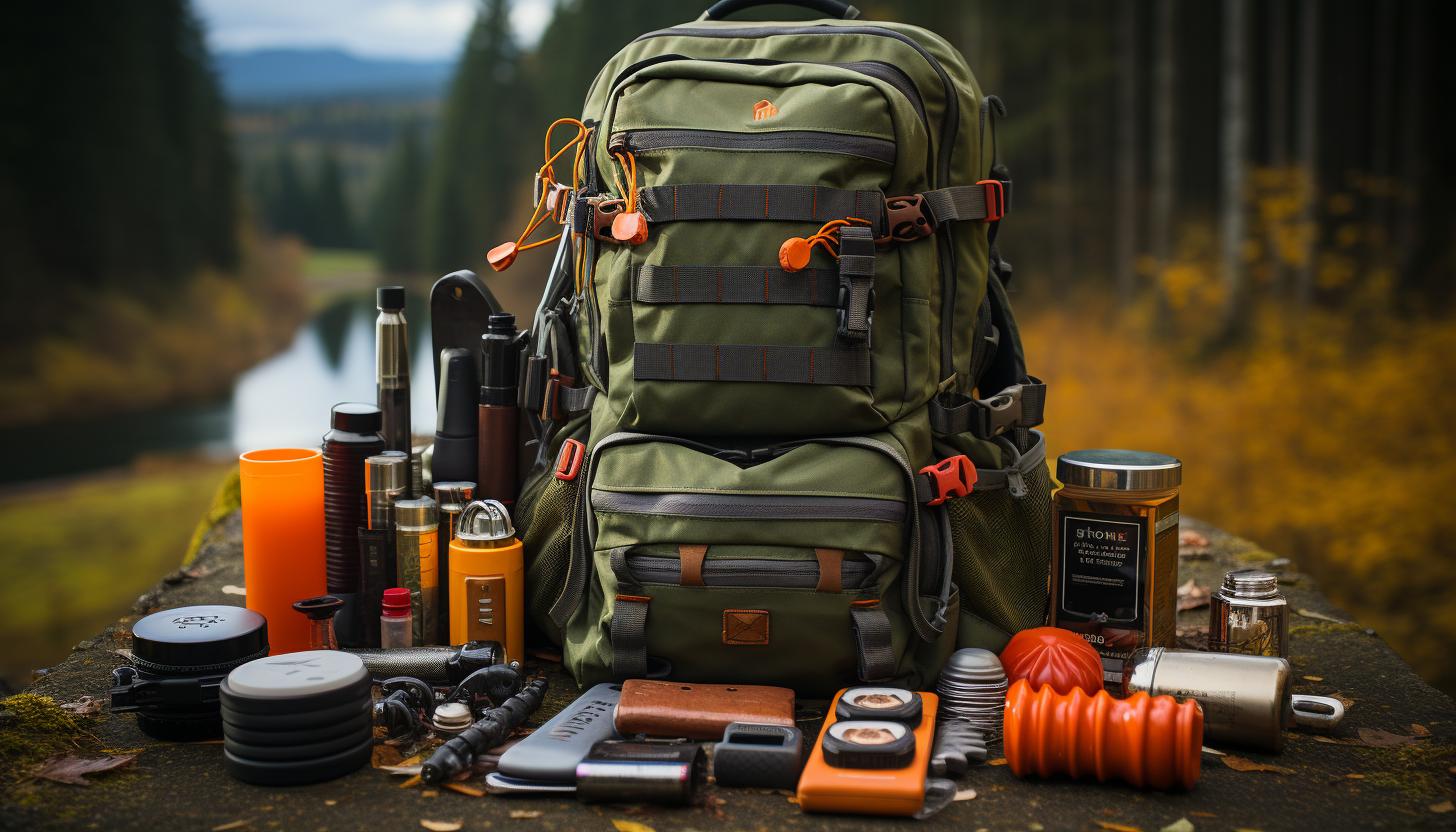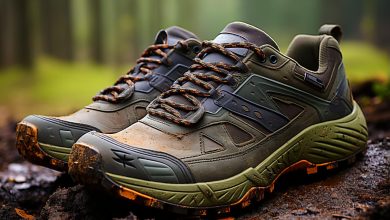Trail Running Safety: Tips for Navigating Remote and Challenging Trails

You love the thrill of trail running, but navigating remote and challenging trails can be a daunting task. Fear not! This article is here to equip you with essential safety tips for conquering those wild paths.
Assessing trail difficulty, packing the right gear, mastering navigation techniques, and preparing for emergencies are all covered.
Get ready to run with confidence as we guide you through the ins and outs of trail running safety.
Assessing the Trail Difficulty

Before you start running, assess the trail difficulty to ensure you are prepared for any challenges that may arise. Evaluating the trail conditions is crucial for a safe and enjoyable run.
Start by researching the trail online or speaking with experienced runners who have tackled it before. Look out for information on elevation gain, terrain type, and overall difficulty level. This will give you a good idea of what to expect.
When assessing the trail difficulty, recognize potential hazards that may exist along the route. Is there loose gravel? Are there steep cliffs or drop-offs? Are there any water crossings? Identifying these hazards beforehand will help you plan accordingly and take necessary precautions.
Another important aspect to consider is your own fitness level and experience as a runner. Trails can vary greatly in terms of their technicality and demands on your endurance. If you are new to trail running or unsure about your abilities, it is best to start with easier trails and gradually progress to more challenging ones.
Essential Safety Gear for Remote Trails

It’s important to bring essential safety gear when you’re exploring secluded paths. Remote trails can be unpredictable, and having the right equipment can make a significant difference in your safety. Two crucial items to have with you are emergency communication devices and a well-stocked first aid kit.
| Essential Safety Gear | Description |
|---|---|
| Emergency Communication | Carry a reliable means of communication, such as a cell phone or satellite messenger. Make sure it is fully charged and easily accessible in case of an emergency. This will allow you to call for help if needed. |
| First Aid Kit | A comprehensive first aid kit should include bandages, antiseptic wipes, adhesive tape, tweezers, scissors, pain relievers, and any personal medications you may need. It’s important to know how to use these items effectively in case of an injury on the trail. |
Emergency communication devices provide peace of mind knowing that help is just a phone call away if something goes wrong. Furthermore, having a well-stocked first aid kit allows you to treat minor injuries promptly and potentially prevent them from becoming more severe.
Remember that prevention is key when it comes to trail running safety. Alongside carrying essential safety gear, it’s also important to inform someone about your route and estimated return time before heading out on remote trails. By taking these precautions and being prepared for emergencies with proper communication tools and first aid supplies, you can enjoy your trail runs while minimizing potential risks

To successfully navigate through secluded areas, rely on landmarks and use a compass or GPS device for guidance. Trail running hazards can be more prevalent in remote areas, where the terrain is often challenging and less maintained. It’s crucial to have a solid understanding of trail marking techniques to ensure you stay on course and avoid getting lost.
Before starting your run, familiarize yourself with the route by studying maps and researching any potential hazards along the way.
When navigating through remote trails, pay close attention to natural landmarks such as distinctive trees or rock formations. These can serve as reliable reference points to help you stay on track. Additionally, using a compass or GPS device will provide precise directions when necessary.
Trail marking techniques are essential for trail runners in remote areas. Look out for brightly colored markers or flags that indicate the correct path. However, keep in mind that these markers may not always be present or visible due to weather conditions or vandalism. Therefore, it is important to have backup navigation methods like maps and GPS devices.
Techniques for Running Safely on Challenging Terrain

When tackling difficult terrain, be mindful of your footing to ensure a safe and enjoyable run. Running on challenging trails requires you to take extra precautions to avoid injuries. Here are some techniques to help you navigate this type of terrain:
– Choose the right footwear: Invest in proper trail running shoes with good traction and ankle support. The right shoes can prevent slips and provide stability on uneven surfaces.
– Maintain proper posture: Keep your body upright, engage your core, and look ahead at the trail. This will help you maintain balance and react quickly to any obstacles.
– Take shorter strides: Shorter strides allow for quicker adjustments and reduce the risk of tripping or falling on loose rocks or roots.
– Stay hydrated: Proper hydration is crucial, especially when running in remote areas where water sources may be limited. Carry a hydration pack or water bottle and drink regularly throughout your run.
By following these techniques and wearing appropriate footwear, you’ll minimize the risk of accidents while enjoying the challenges that come with running on difficult terrain.
Stay safe, stay hydrated, and have a great run!
Preparing for Emergencies on Remote Trails

In case of emergencies while running on remote trails, make sure you have a fully charged cell phone with you at all times. Emergency preparedness is crucial when venturing into the wilderness. As a trail runner, it’s essential to be aware of potential risks and take necessary precautions.
Having a fully charged cell phone can be a lifesaver in an emergency situation. Make sure to carry it in a secure and easily accessible location, such as a waist pack or arm band. Additionally, it’s important to have the phone set up with emergency contacts and familiarize yourself with how to call for help.
Alongside having your cell phone, consider taking a wilderness first aid course. Knowing basic first aid techniques can provide invaluable assistance until professional help arrives. Learn how to bandage wounds, treat sprains or fractures, and recognize signs of hypothermia or heat exhaustion.
When heading out on remote trails, always let someone know your planned route and estimated time of return. This information will prove vital if you end up needing assistance.
Remember that being prepared for emergencies while trail running is not just about carrying the right gear but also having the knowledge and skills to handle unexpected situations effectively. Stay safe out there!
Conclusion
In conclusion, trail running in remote and challenging areas can be an exhilarating experience. But it’s important to prioritize safety. By assessing the difficulty of the trail, equipping yourself with essential safety gear, and honing your navigation skills, you can minimize risks and fully enjoy the adventure.
Remember, on these trails, it’s better to be safe than sorry. So lace up your shoes and embrace the wild beauty of nature. But always keep in mind that safety is the compass that guides us through treacherous terrains.






